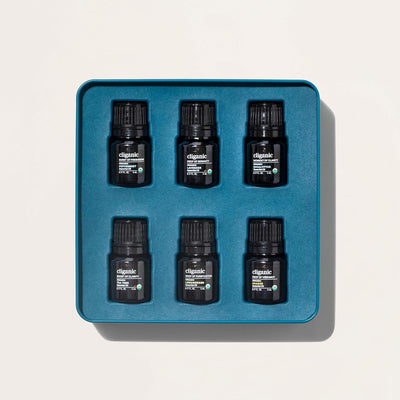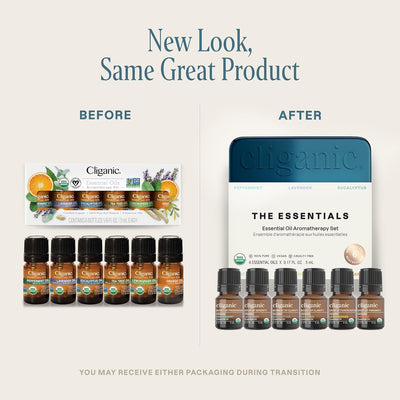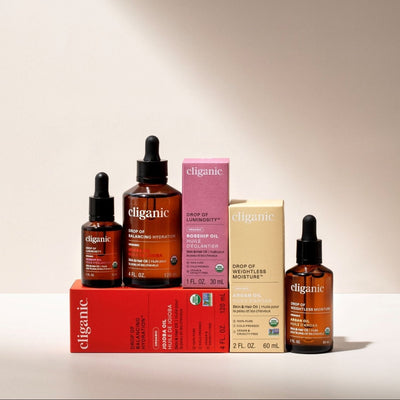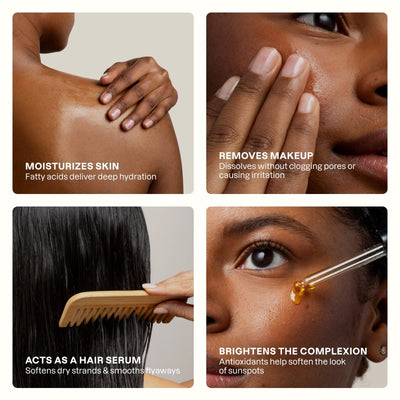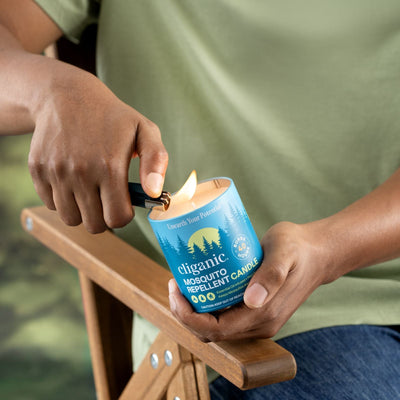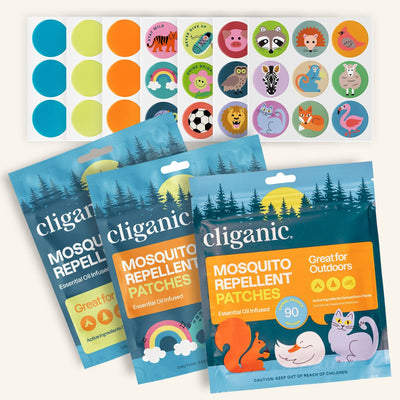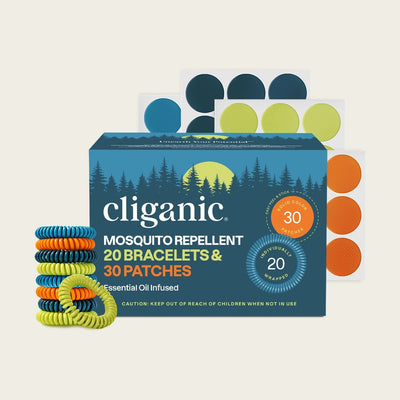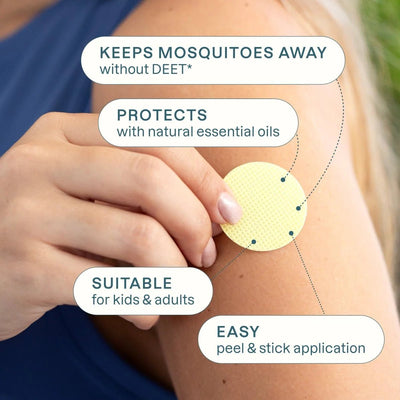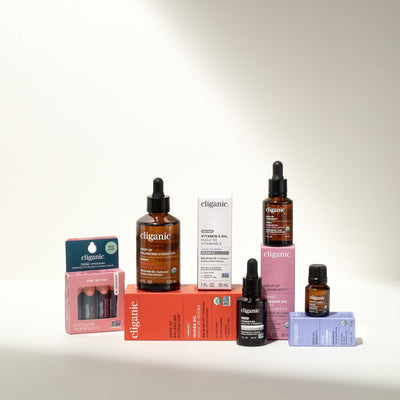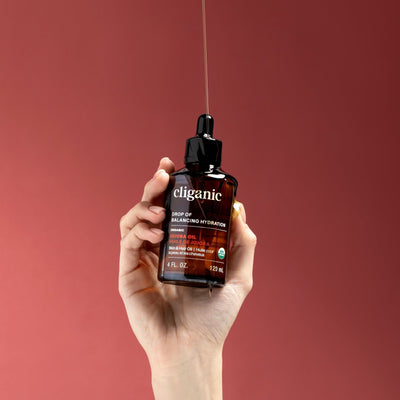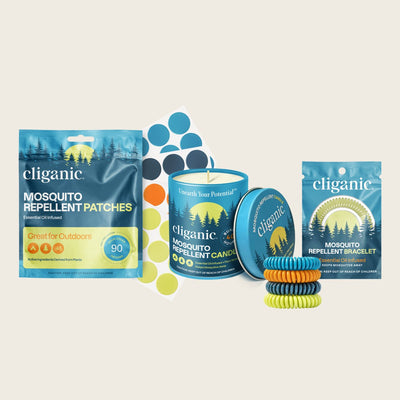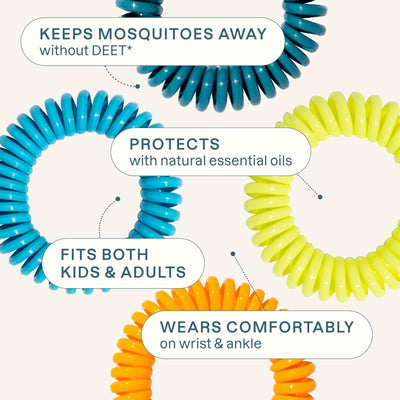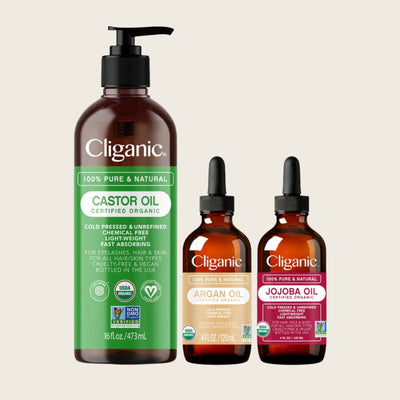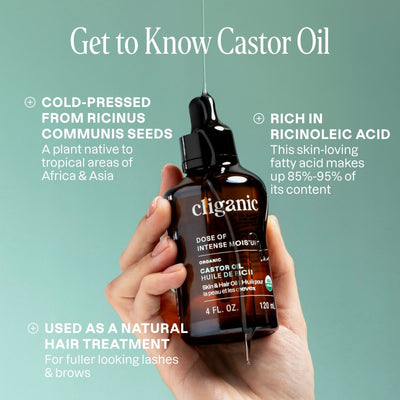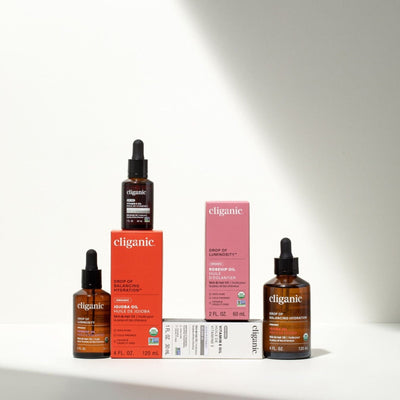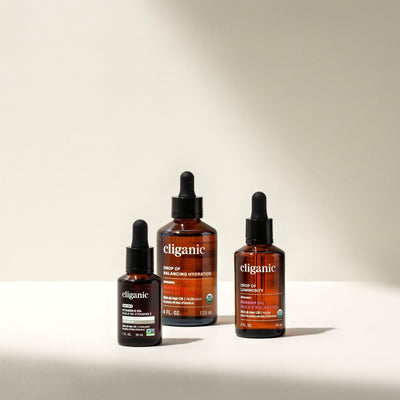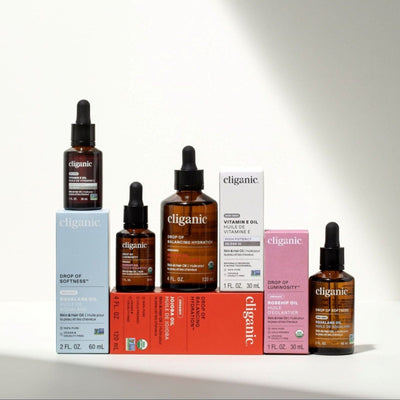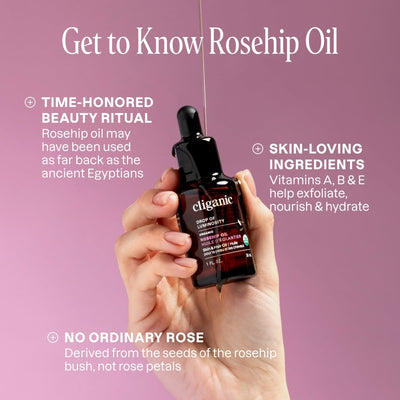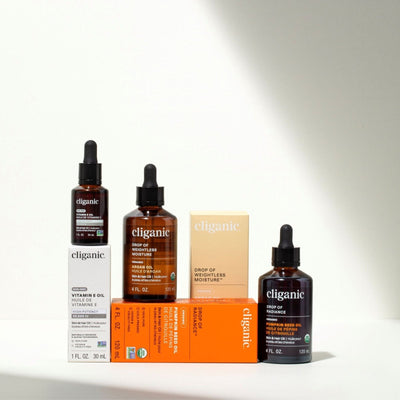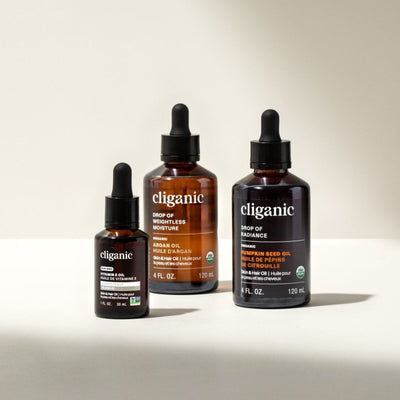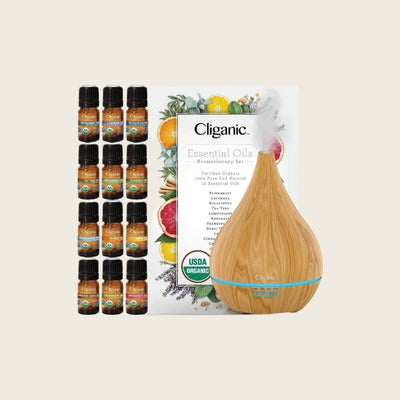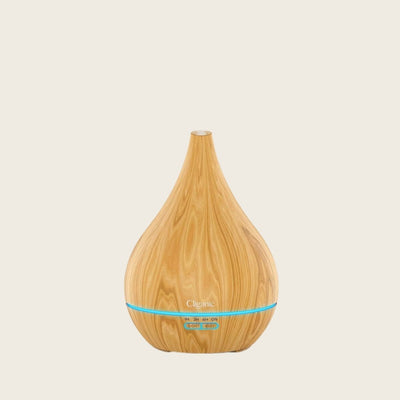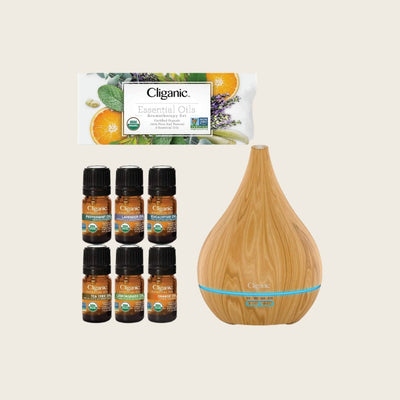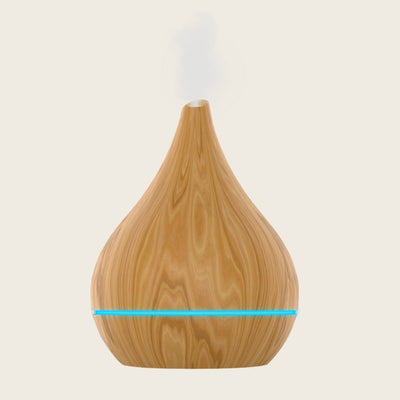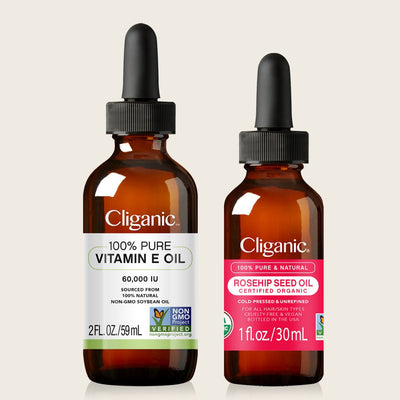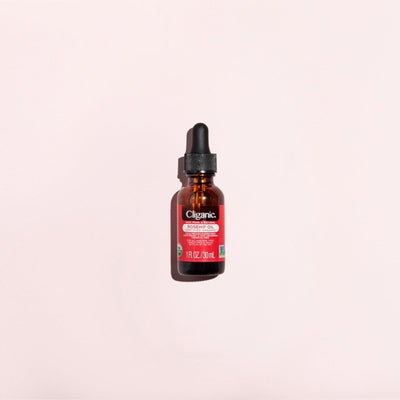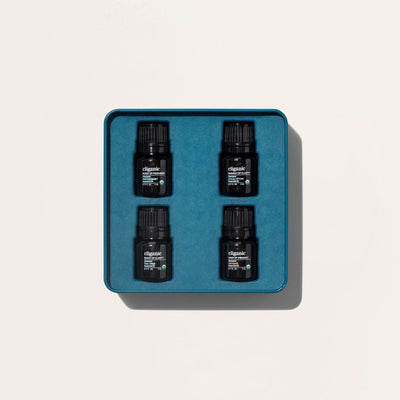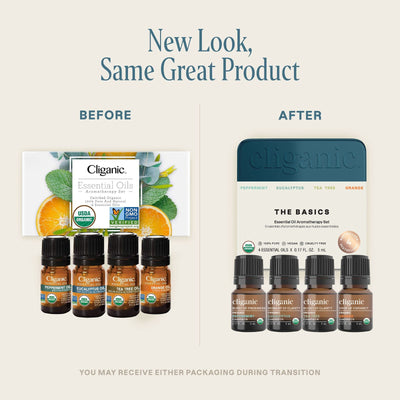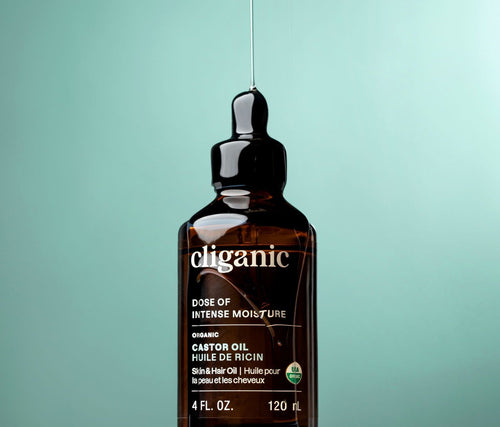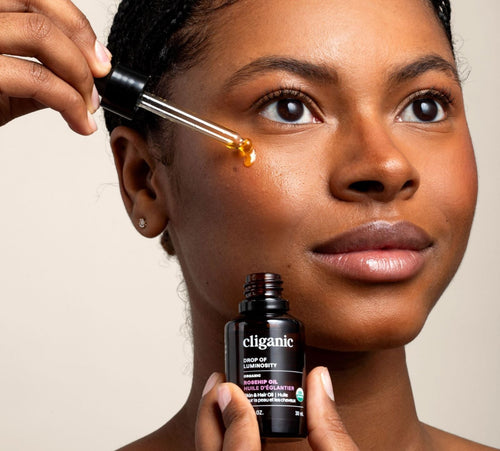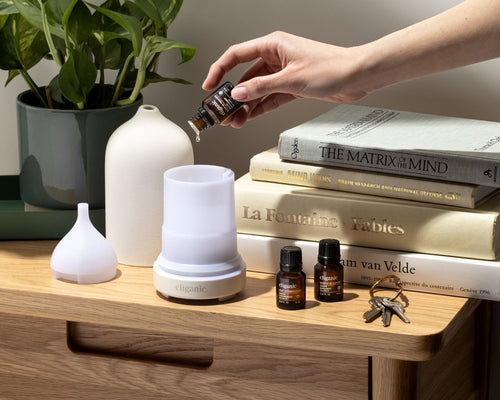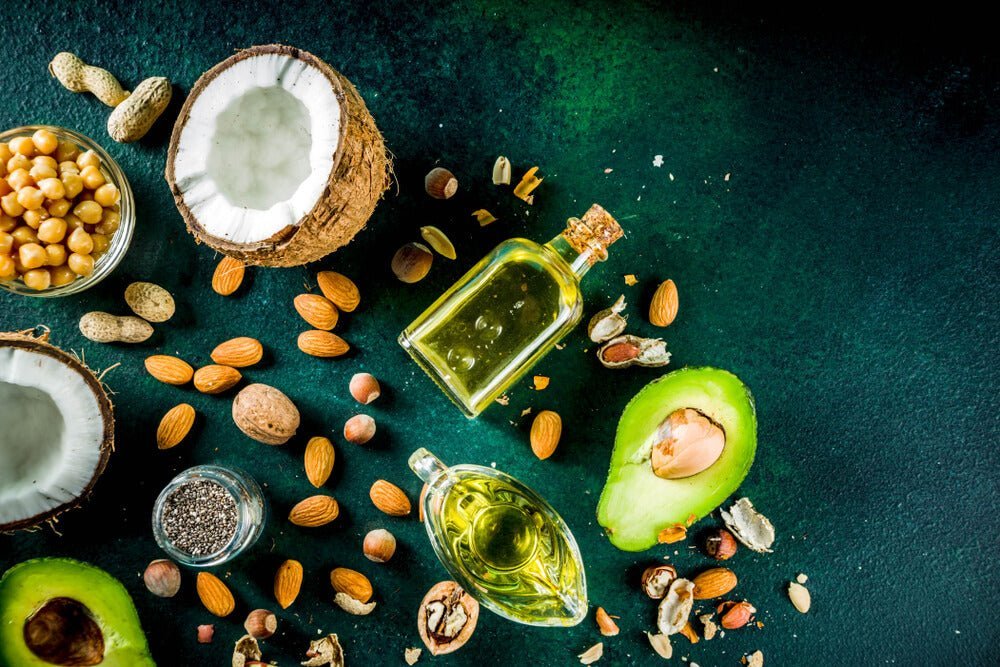
Carrier Oils vs Essential Oils - What's the difference!?
What is the difference between an essential oil and a carrier oil?
Although they are both called “oils” they are quite different. Essential oils are the aromatic extracts from aromatic and medicinal plants and carrier oils are the lipid, or fatty, extracts squeezed out of the seeds of plants.
When you touch an essential oil it feels light and non-greasy and will most likely evaporate quite quickly, whereas when you touch a carrier oil it will feel heavier, oilier and sit longer on the surface of your skin and most likely will not evaporate.
So why are they both called “oils?”
Well the answer lies in their chemistry – meaning the molecules that they are both composed of behave similarly when around water: Neither carrier oils or essential oils will dissolve in water, they will always keep separated. The fancy science word for this is: Non-polar.
Let’s look at Essential Oils and Carrier Oils more in depth:
What are essential oils?
Essential oils are the liquid aromatic substances that are extracted from the many different parts of aromatic plants, like seeds, roots, flowers, leaves, citrus peels, wood, needles, cones and resin. The different ways in which we use essential oils, like applying them to our skin and also just by smelling them, is called “Aromatherapy.”
Think of the plants you know like peppermint, basil, rose, lavender and rosemary. They are very aromatic right? And in order for us to capture their aroma, and use it to benefit our health and wellbeing, we extract the scent using a process called steam distillation; drawing out the “invisible” aroma and transforming it into a “visible” liquid extract - which is called an essential oil.
These liquid extracts are very concentrated. In fact it can take upward of 100 lbs of plant material to yield just 4 to 8 ounces of essential oil! So this tells us that essential oils are highly concentrated and should be used mindfully.
A pure high quality essential oil is composed of only the unique and special molecules that are produced during the distillation process. Nothing has been added or taken away. Therefore, the resulting essential oil is 100% genuine and authentic.
Why are essential oils called essential oils?
The story of why essential oils are called essential oils has fascinating origins. During the middle ages, Alchemists were endlessly fascinated by the invisible properties of aroma. They believed that scent was connected to identity, soul, spirit – the parts of our human existence that we can’t see or touch. They believed that our sense of smell connected us to the invisible realm, where “essence” and “being” reigned
In their attempts to extract the scent from aromatic plants, they called the resulting waters and extracts “essences” - Hence, “essential” oil.
But what about the word: “oil” – you might be asking?
Remember what I mentioned above: Essential Oils don’t dissolve in water! They float above the surface, or sink in droplets - refusing to integrate and mix. This unique physical characteristic categorizes it, chemically, as an “oil.” And the properties of oil and water don’t mix. They separate from each other.
What are essential oils made of?
Essential Oils are composed of naturally occurring chemical compounds, i.e. molecules, that are created and manufactured by the plants themselves to sustain their life.
And it’s these unique chemical compounds that scientists study so that we can understand why and how essential oils work.
For example, why does Lavender make many of us feel sleepy? Well, research has shown that there is a molecule in Lavender essential oil called, Linalol, that has a sedating effect on our nervous system.
What are Carrier Oils?
Carrier oils, also commonly referred to as vegetable oils, are expeller pressed (using a type of pressing machine that extracts the oil and not steam distilled like essential oils) from seeds, nuts, and whole fruits.
They are called “carrier” oils because we use them to dilute and blend our essential oils into a wide assortment of topical remedies and applications that intentionally carry the potent molecules of essential oils through our skin, into our bodies.
Without carrier oils, a directly applied essential oil will quickly evaporate off the surface of our skin and not have the ability to get properly absorbed, where it can ultimately offer amazing physiological therapeutic benefits.
On their own, carrier oils have incredible therapeutic benefits that support the skin’s health and vitality. They share a similar chemistry to our own skin, which is also made up of fatty molecules. Carrier oils contain a rich array of fat-soluble vitamins, fatty acids, and essential fatty acids that not only help nourish the skin, but also protect the skin’s barrier function, protect and repair the skin from damage (be it from the sun or free radicals), and prevent transepidermal water loss, which is often the culprit for dry, damaged and aging skin. It’s because of their unique chemistry and how it resonates with the chemistry of our own skin, that carrier oils can also support the tone, elasticity, shape, and resiliency of the skin.
Since carrier oils on their own have a rich array of therapeutic properties, we can get really creative when choosing which oil for specific skin and body care products and remedies.
Unlike essential oils however, carrier oils go through additional processing steps before they are bottled and ready to sell - in order to make sure they stay stable and don’t smell unusual. That’s why you will often see words like “filtered” “deodorized” “bleached” “virgin” listed on their labels.
Carrier Oil Processing Terms
Here is a quick reference guide of some of the basic terms you will most likely come across as you research and learn about carrier oils so you can better understand how they are produced.
Bleaching & Filtering:
The purpose of bleaching is to remove the color pigments from the oil. After the oil is slightly heated it is treated with different types of clays that absorb and remove the unwanted color pigments. Once the bleaching process is completed, the oil is filtered to remove the clays and other particulate matter.
Cleaning & Hulling:
The nuts and seeds are thoroughly cleaned and hulled, removing dust, dirt and other particles. This process doesn’t involve any heating.
Cooking & Tempering:
This is when the seeds and/or nuts are slightly heated to remove any excess moisture and bring the oil content more to the surface so the expeller process can have good yields.
Degumming:
The main purpose of degumming is to remove the phospholipids, like lecithin from the crude vegetable oils. This is important to ensure stability and improve quality. Degumming can use either water or phosphoric acid.
Deodorizing:
Refined and bleached oil is heated again and a stripping agent is allowed to pass through trays, which expands the surface area for better exposure to steam which then is vacuumed out to evaporate the odor substances.
Expeller Pressing:
Uses a machine that presses nuts and seeds through a cavity and uses intense friction and pressure to extract the oil. Even though no heat is added the sheer pressure causes the temperature to rise, exposing the nuts and seeds to heat. To yield a lot of oil, this process requires a lot of material - which is why this is often an expensive oil.
Refined:
A refined oil is when the oil is put through a process to “purify” it - meaning, the components that may make it less shelf stable, or have a strong odor, are removed using what are called alkaline chemicals. These chemicals remove some of the free fatty acids and make the oil less likely to oxidize and go rancid. This process often removes many of the nutritive rich components.
Solvent extracted:
Petrochemical solvents like hexane are used to pull out the oil from the seeds and nuts. This process is a much less expensive way to pull out the oils than expeller pressing. Although companies that use this process assure that the hexane or other petrochemicals have been “flashed off,” - there is no guarantee that they are free from potentially concerning contaminants. We recommend avoiding carrier oils that are extracted using solvents!
Winterized:
This is a process that removes the cloudiness that may appear in some oils that have heavier molecules.
Although Carrier Oils and Essential Oils are very different, they work together like best friends. In fact, one of the safest and most effective ways to use essential oils is by blending them into Carrier Oils.
